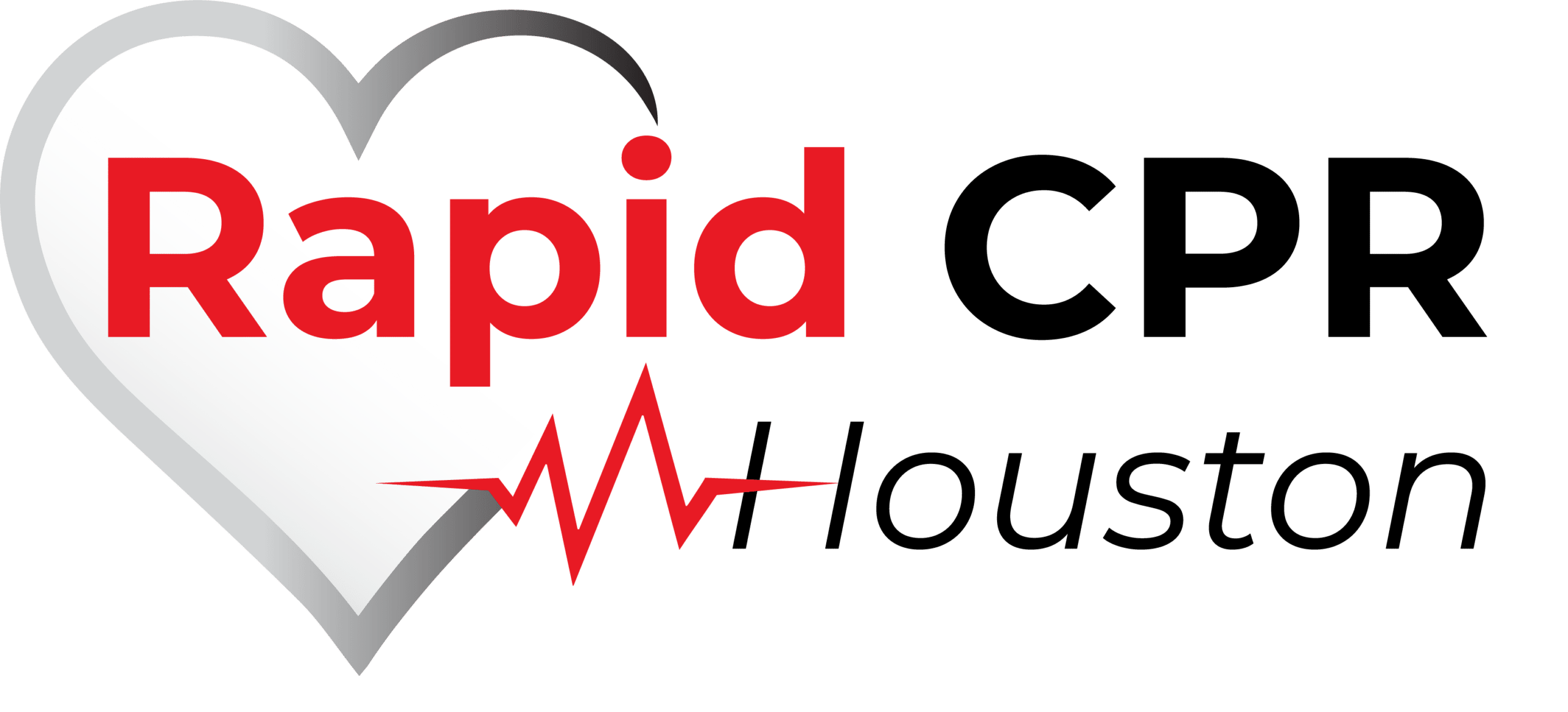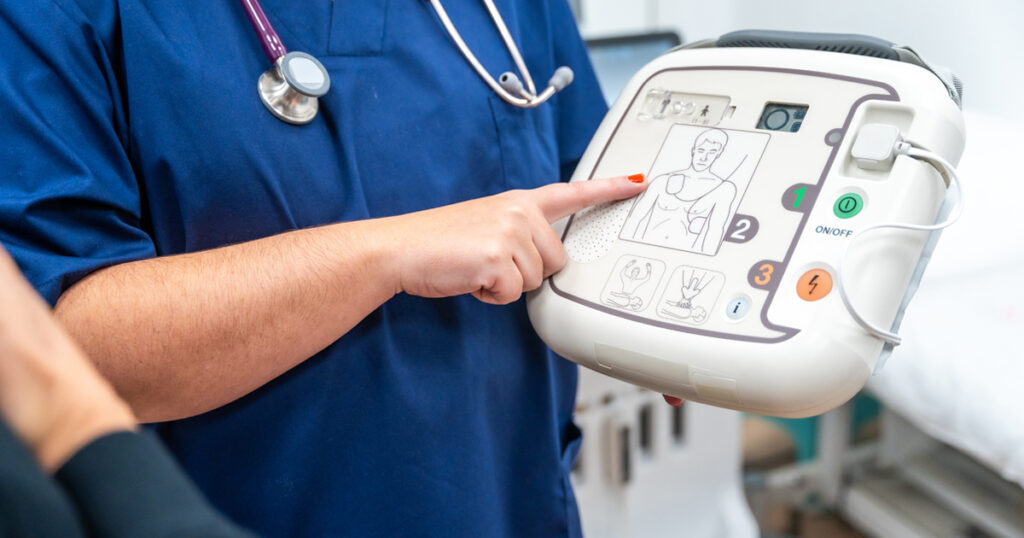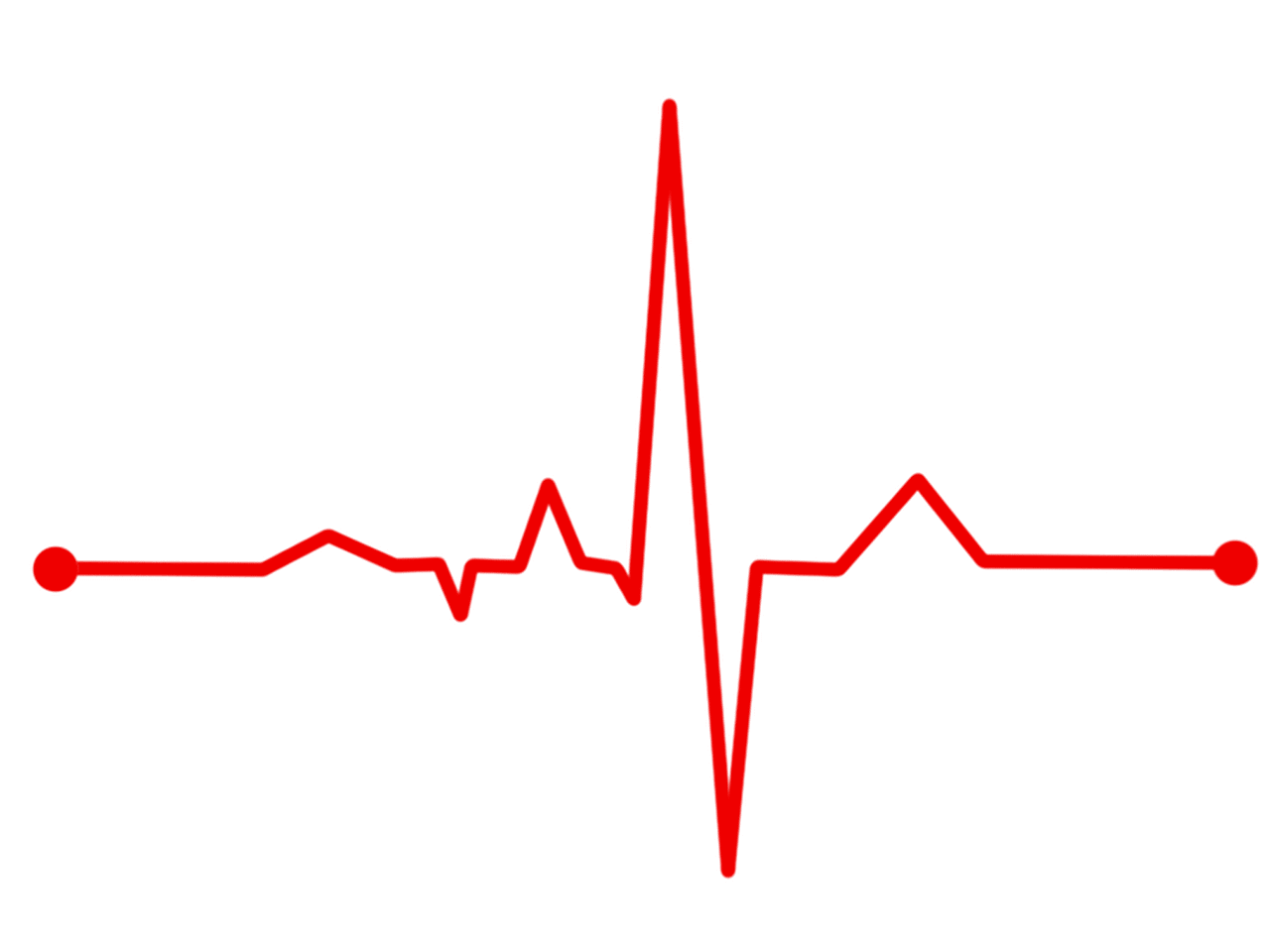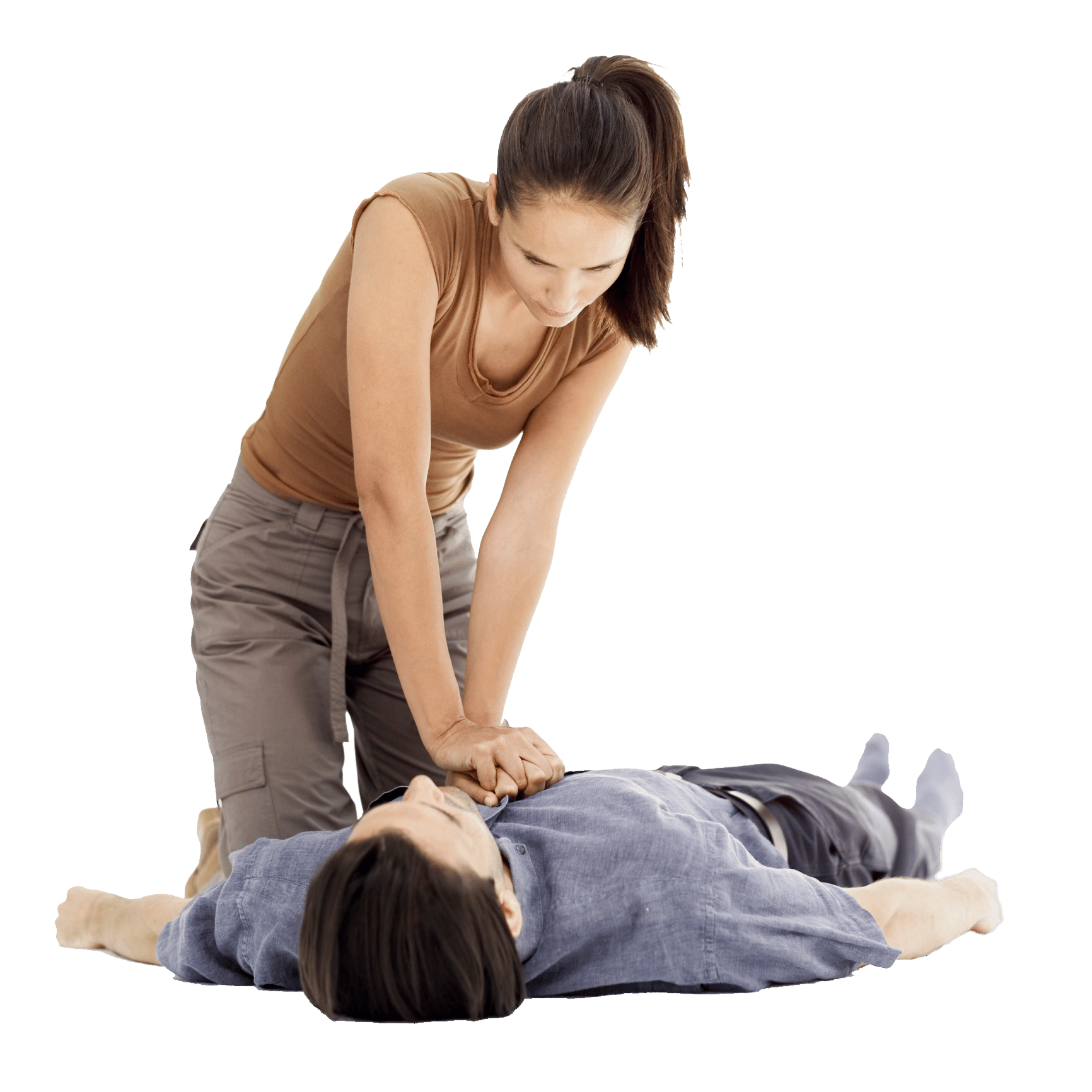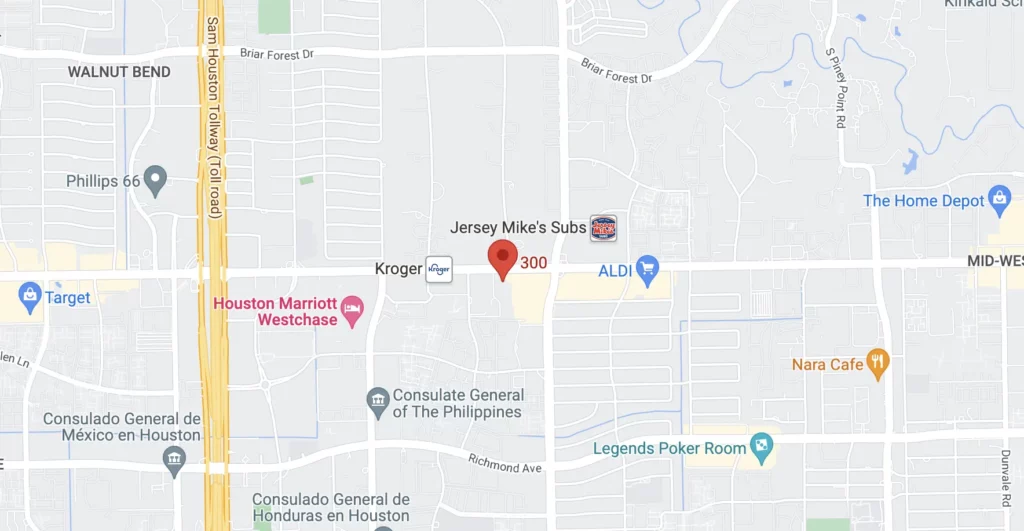In the fast-paced world of emergency healthcare, the reliability of medical devices can literally mean the difference between life and death. For healthcare providers in Houston, Texas, such as those trained at Rapid CPR Houston, ensuring that these devices function perfectly in critical moments is non-negotiable.
This article delves into the vital importance of regular maintenance for emergency medical devices, highlighting both the risks of neglect and the benefits of diligent care. We will explore the essential maintenance strategies to keep these devices in optimal condition, helping healthcare professionals stay prepared for any emergency.
From automated external defibrillators (AEDs) to ventilators and beyond, understanding how to maintain these lifesaving tools is crucial for all involved in emergency medical care.
Understanding Maintenance For Emergency Medical Devices
Automated External Defibrillators (AEDs) are critical in emergency medical situations, particularly in cases of sudden cardiac arrest. These devices are designed to be user-friendly, enabling both medical professionals and laypeople to offer prompt emergency assistance. However, their efficacy relies heavily on proper maintenance. The same principle applies to other emergency medical devices such as oxygen tanks, suction units, and emergency ventilation equipment.
Routine checks and maintenance are crucial. For AEDs, this involves ensuring the battery life is sufficient and that the electrode pads are within their expiration date and properly sealed in their packaging. Regular testing is recommended to confirm that all electronic functions are working correctly. Creating a maintenance log can help track these tests along with any service or updates performed on the equipment, ensuring readiness at all times.
Daily and Weekly Inspection Routines
To maintain operational readiness, daily and weekly inspections of emergency medical devices are essential. For daily checks, inspect the external condition of the equipment, such as the AED case and other emergency response tools, to ensure they are free from any visible damage and contamination. It is also valuable to turn on the AED to confirm that the device passes its self-test procedure, which is typically indicated by a specific light or a series of beeps.
Weekly checks should be more thorough. Test and record battery levels and inspect all cables and connectors for wear or damage. For ventilators and other complex machinery, confirm that all settings reset correctly and the display functions are showing accurate readouts. These routine inspections not only ensure that the equipment is functional but also foster familiarity with the devices, which can be lifesaving in an emergency situation.
Maintenance Standards and Compliance
Adhering to the manufacturer’s guidelines is critical when maintaining emergency medical equipment. Manufacturers provide detailed maintenance schedules and procedures to help ensure devices operate safely and effectively. Failure to comply with these guidelines can not only lead to equipment failure but also violate local compliance laws, which can have serious legal implications, especially in the healthcare sector.
In addition to following manufacturer instructions, staying updated with the latest standards from health authorities and government bodies is equally important. For instance, in the United States, the Food and Drug Administration (FDA) offers guidance and regulations regarding the usage and maintenance of medical devices. These standards are designed to ensure that all medical equipment used in life-threatening scenarios performs to certain criteria, minimizing the risk of malfunctions and improving the chances of patient survival.
Dealing with Equipment Failures and Malfunctions
Despite regular maintenance, emergency medical devices can still experience failures and malfunctions. In such cases, it’s crucial to have a clear protocol in place. The first step is to remove the malfunctioning equipment from service immediately to prevent its use in a critical situation. Detailed reporting of the issue should follow, noting the observed malfunctions and any conditions surrounding the failure.
The device should then be inspected by a certified technician who can diagnose and repair the fault. If the equipment is under warranty, or if a service agreement exists, contact the supplier or manufacturer for repair or replacement. For AEDs, for example, manufacturers often offer service programs that include rapid replacement to ensure that you’re never without a working device.
Regular Training and Updates on Equipment Use
Maintenance of equipment is only one aspect of emergency preparedness; ensuring that personnel are properly trained to use these devices is equally crucial. Regular training sessions should be held to familiarize both existing staff and new recruits with the proper operation of emergency devices. Fast-paced advancements in medical technology also necessitate continuous education on the latest functionalities and enhancements of emergency equipment.
Training should include hands-on sessions where participants can interact with the equipment under simulated emergency conditions. This approach not only improves their familiarity with the devices but also helps to instill confidence, ensuring they can perform efficiently and effectively in actual emergency scenarios.
Likewise, updates about new features or recall information from manufacturers should be disseminated promptly to all relevant personnel. Keeping abreast of such updates ensures that users are informed about any changes in operating procedures or important safety information.
Commitment to Excellence in Emergency Preparedness
The maintenance of emergency medical devices, including AEDs, is not just a technical requirement but a fundamental aspect of healthcare that impacts the effectiveness of life-saving measures. As part of this commitment to emergency preparedness, we at Rapid CPR Houston emphasize the importance of proper equipment upkeep and ongoing training.
Ensuring that these critical tools are reliable and that our staff are well-trained prepares us to face emergencies confidently and competently. We invite you to join our community of healthcare professionals dedicated to providing exceptional care in critical situations.
For more information on how you can enhance your skills in emergency preparedness and ensure your equipment upkeep is up to standard, please consider our CPR certification and emergency response courses. Make the wise choice—empower yourself with knowledge and skills that save lives. Join us at Rapid CPR Houston, where your preparedness is our priority.
